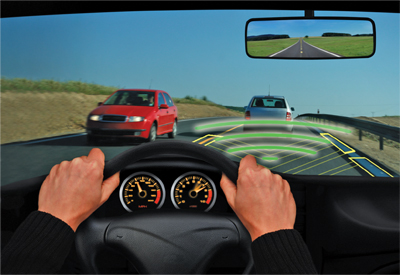 (Greg Horn is vice president of industry relations for Mitchell International. Previously, he served as vice president of material damage claims at GMAC Insurance.)
(Greg Horn is vice president of industry relations for Mitchell International. Previously, he served as vice president of material damage claims at GMAC Insurance.)
While attending a recent car show, I came across a reproduction window sticker displayed in a mint-condition 1966 Mercury Marauder. Full-size Mercuries from the 1960s are some of my favorite cars, so I spent a lot of time examining this one.
What caught my eye on the window sticker was the list of standard equipment. Under the subheading "safety equipment" were such high-tech features as four-way emergency flashers and a driver's side door mirror. While these did have a marginal impact on accident avoidance, they added little to the overall cost of repair if damaged in a collision.
Recommended For You
Want to continue reading?
Become a Free PropertyCasualty360 Digital Reader
Your access to unlimited PropertyCasualty360 content isn’t changing.
Once you are an ALM digital member, you’ll receive:
- Breaking insurance news and analysis, on-site and via our newsletters and custom alerts
- Weekly Insurance Speak podcast featuring exclusive interviews with industry leaders
- Educational webcasts, white papers, and ebooks from industry thought leaders
- Critical converage of the employee benefits and financial advisory markets on our other ALM sites, BenefitsPRO and ThinkAdvisor
Already have an account? Sign In Now
© 2025 ALM Global, LLC, All Rights Reserved. Request academic re-use from www.copyright.com. All other uses, submit a request to [email protected]. For more information visit Asset & Logo Licensing.








